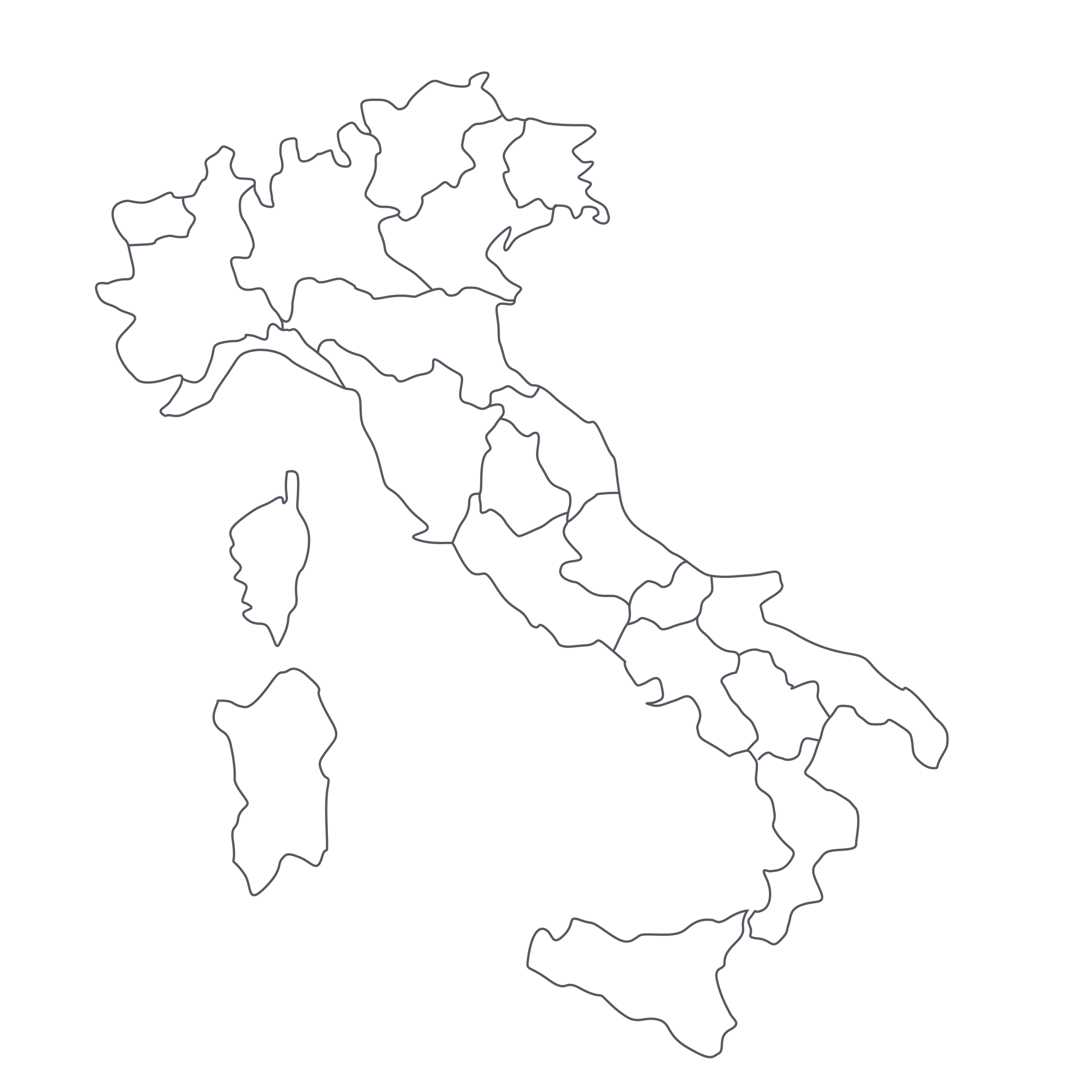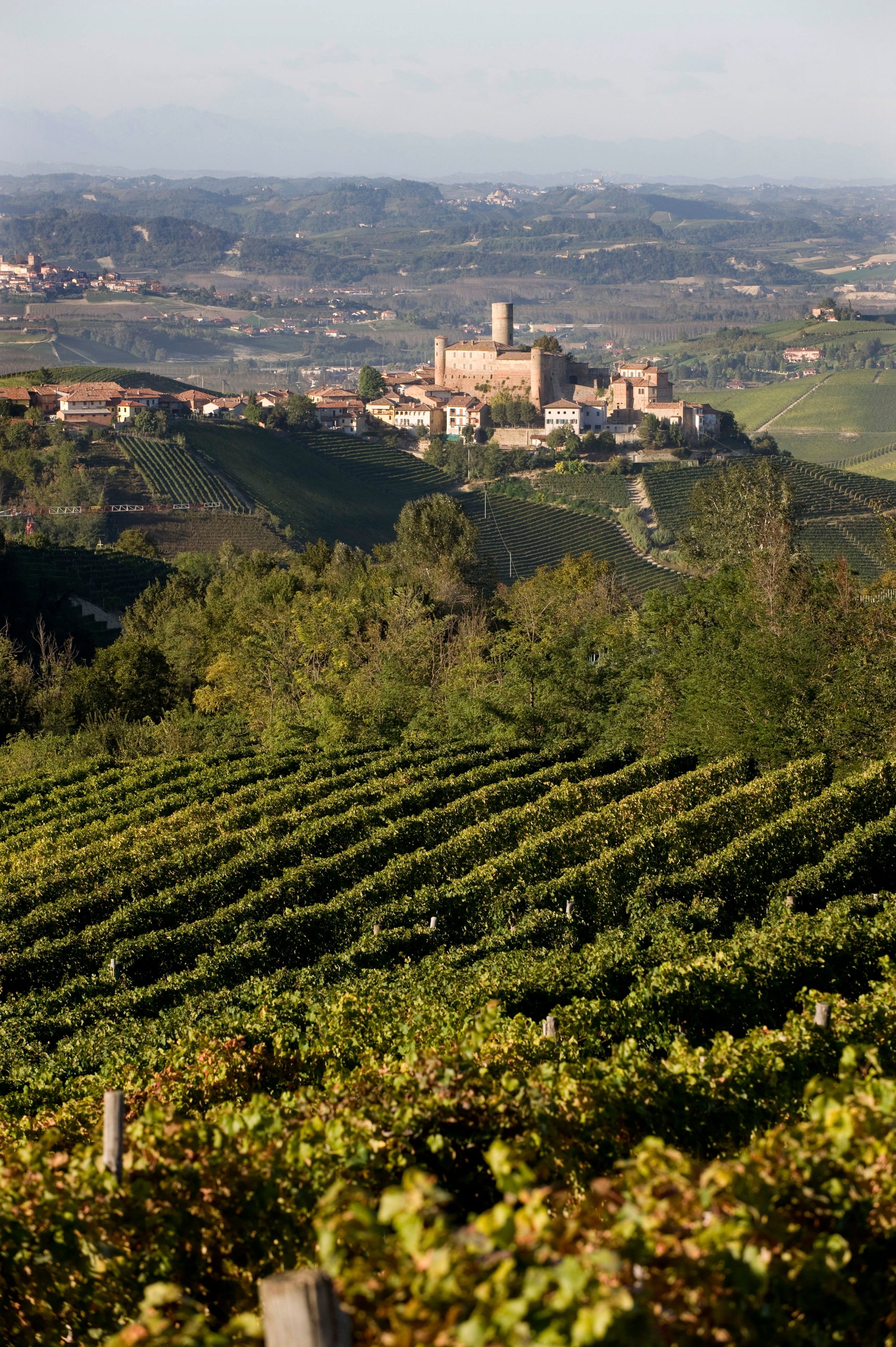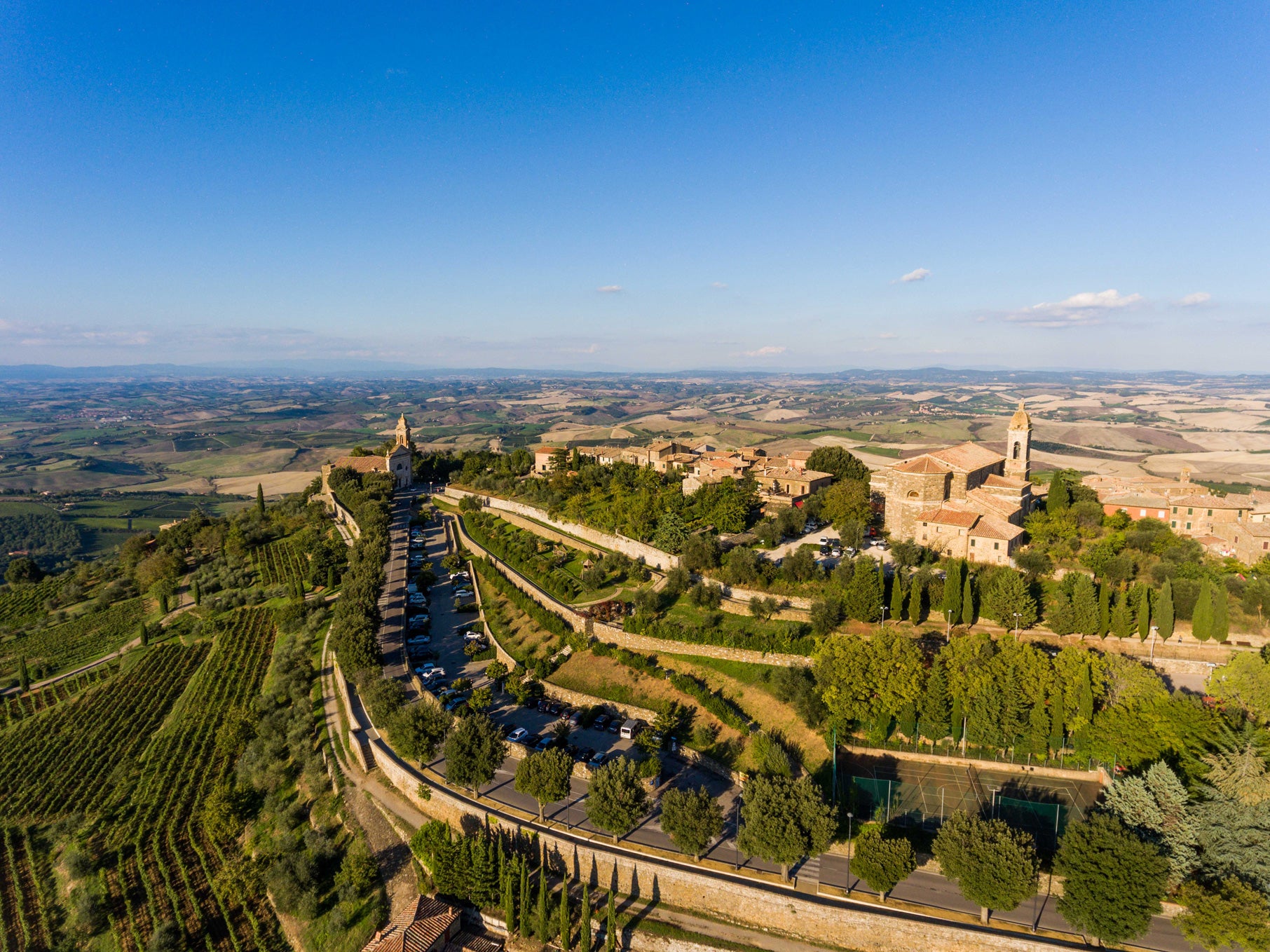This is blue-chip wine, plain and simple. According to law, Rosso di Montalcino can be released after one year (compared to five for Brunello). As such, most Rosso you encounter will have spent about six months in barrel, if at all. Larger estates are likely to include fruit from their younger plantings in their Rosso di Montalcino bottlings. Rosso is, by design, meant to be a fresher, lighter, “younger-drinking” style of wine, and, in comparison to the estate’s Brunello, La Torre’s is—but compared to most other Rossos, it’s a major step up. For one thing, it spends 18 months in barrel (mostly 25-hectoliter French casks). For another, La Torre’s vineyards, in the high-elevation hamlet of La Sesta on Montalcino’s south slope, have an average age of 40 years.
It’s a question of scale, and at this scale, everything La Torre does feels handmade and carefully considered. Releasing only about 1,000 cases of Brunello di Montalcino in any given vintage, La Torre has been a regional benchmark since its first vintage was released in 1982. Owned by the Anania family, who originally purchased the property in 1976, the estate includes just 5.6 hectares of vineyards, which face south and southwest and sit at some of the highest elevations in Montalcino. Soils are the classic mix of limestone-infused marl mixed with clay. When I think of La Torre, I think of wines that are powerful and structured without going overboard—wines with a firm backbone to support all the heady flavors they put forth.
In 2020, La Torre scored a towering home run with their Rosso, outhitting many Brunellos I’ve tasted this year. It is a powerful rendition, polished and structured, and will continue to evolve in a positive direction for years to come. In the glass, it’s a deep garnet with hints of red/orange at the rim, and the aromatics are a textbook Tuscan melding of red and black cherry, black plum, cedar, tomato leaf, grill char, saddle leather, and a hint of bitter chocolate. It has depth and some palate-coating richness checked by Sangiovese’s brisk acidity and firm, but moderate, tannins. Decant it about 30 minutes before serving in large Bordeaux stems at 60 degrees. As a pairing, I’m re-publishing a Tuscan burger recipe I posted with some previous La Torre offers. This is the “high-low” wine-and-food pairing in full effect! Enjoy!






